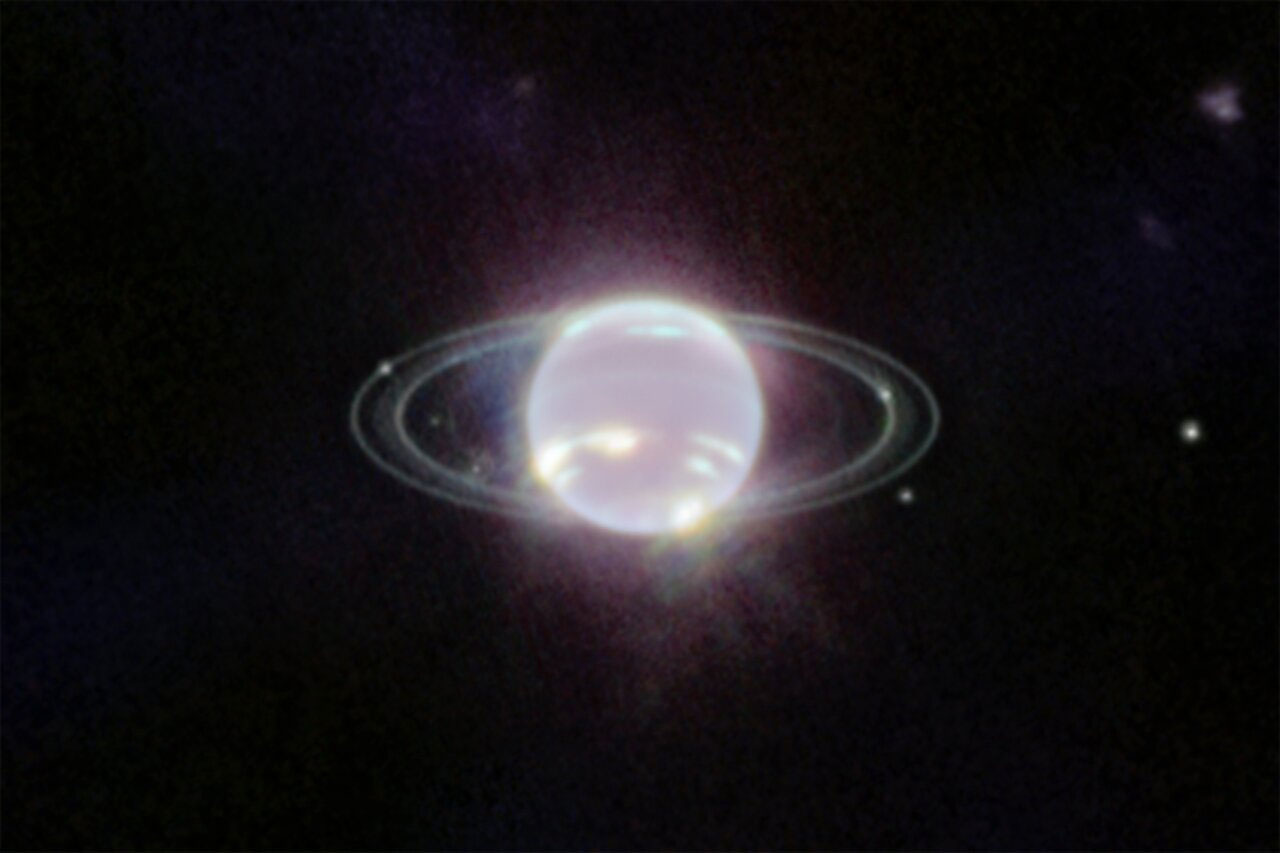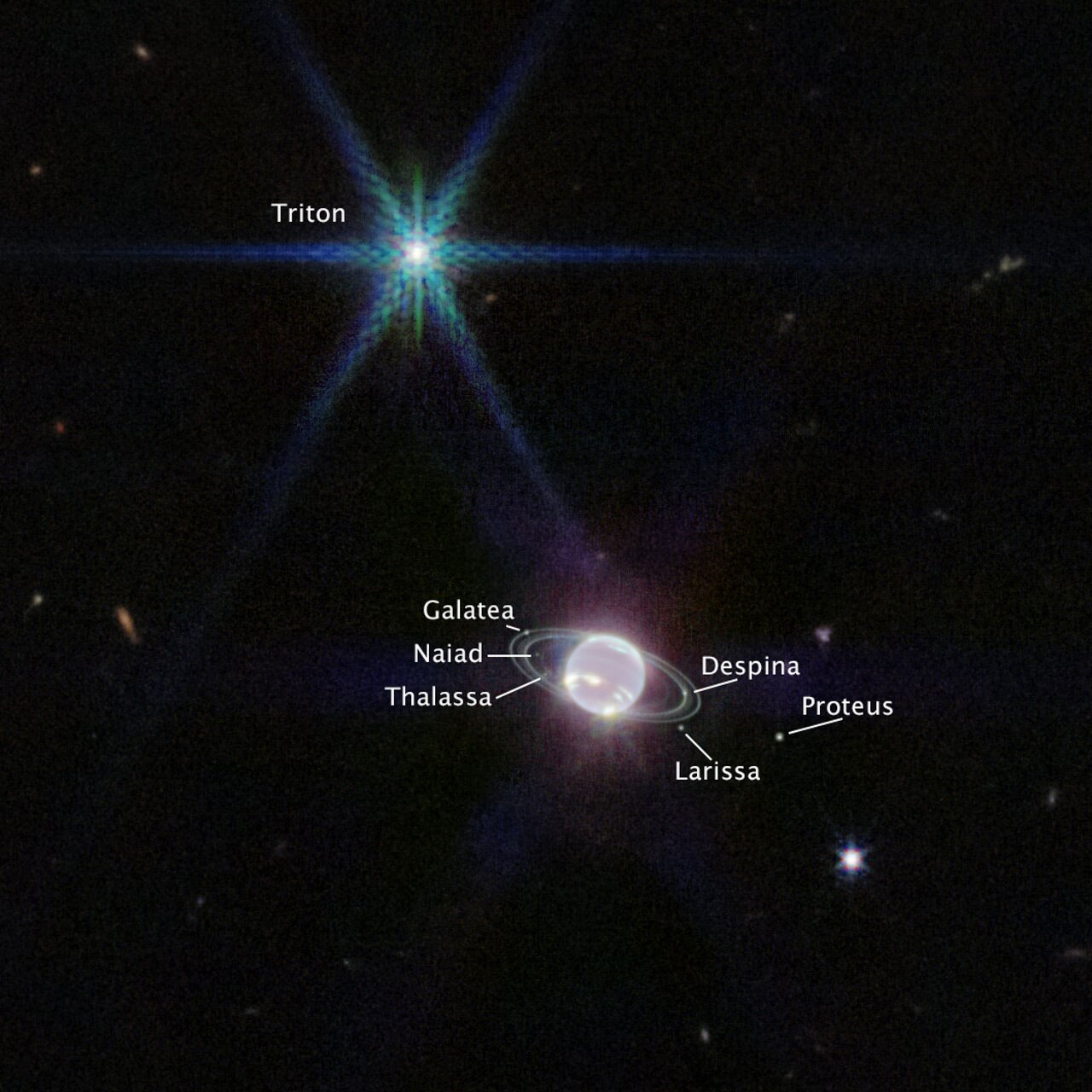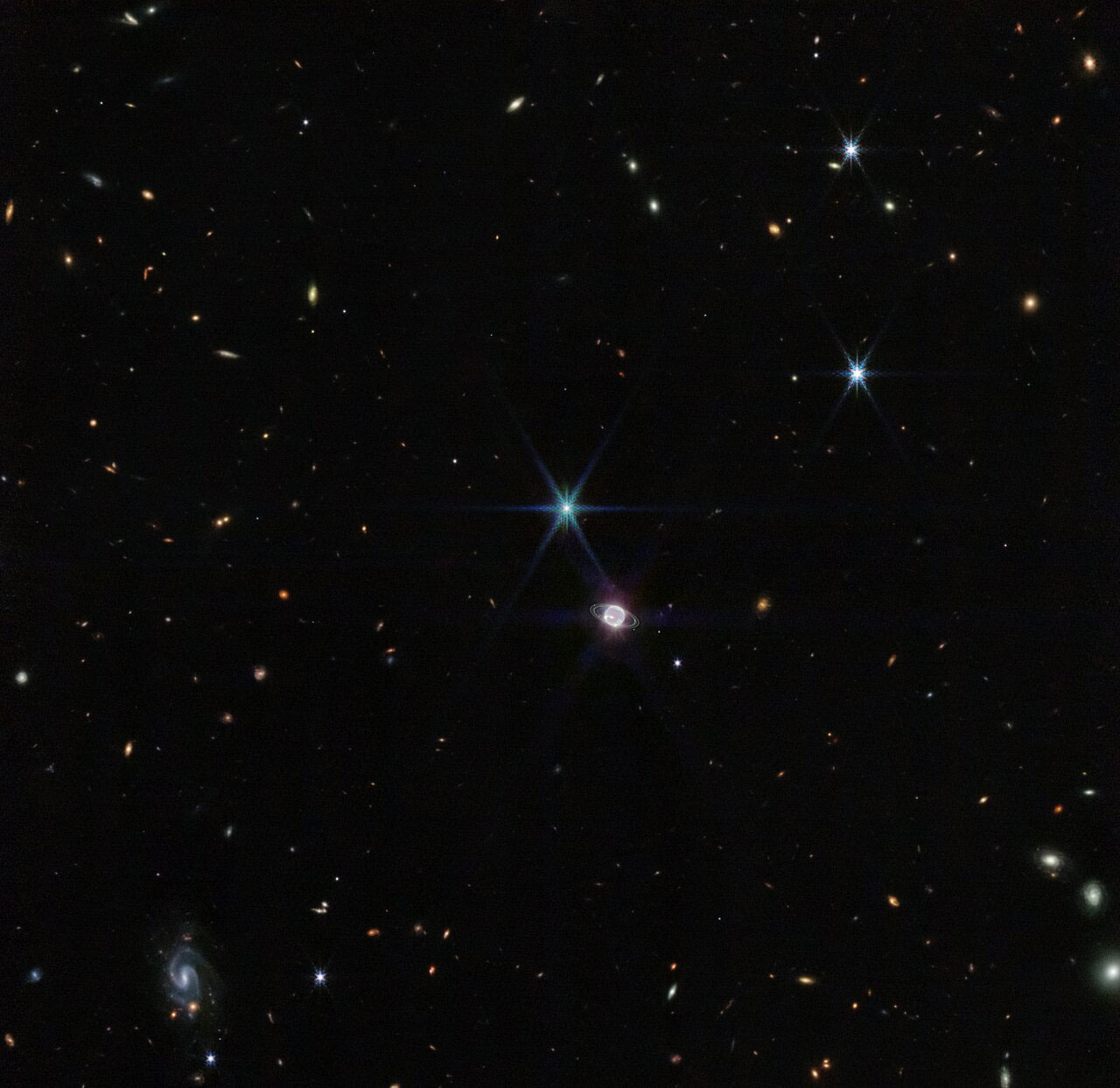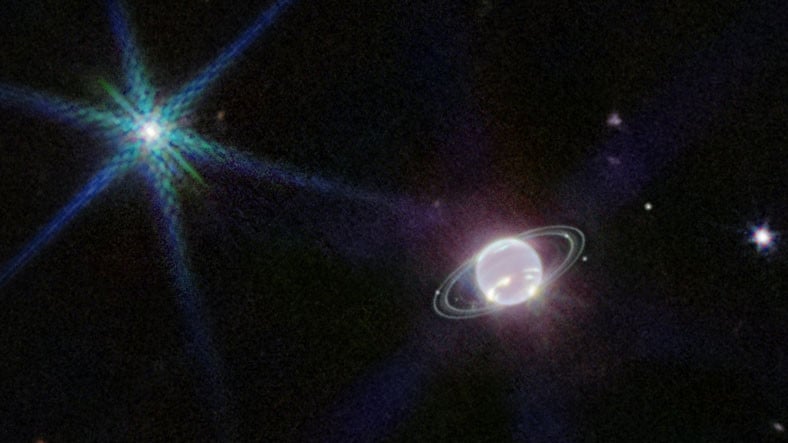Developed in collaboration with NASA, ESA and CSA and launched last December James Webb Space TelescopeIt allowed us to see the universe in a way we’ve never seen before. Today came a new image from the telescope that recently brought Mars to its lens.
According to the bulletin of the European Space Agency, the James Webb Space Telescope is the farthest planet from the sun this time. Neptune got it in his lens. Neptune’s rings revealed in unprecedented detail.
Here is Neptune as seen by James Webb:

Click to view full size (1.3 MB).

Click to view full size (1.8 MB).

Click to view full size (25.9 MB).
- NOTE: You may not be able to open “.TIF” formatted files on your mobile devices.
We see these pictures above, Neptune and its moons along with the rings of the planet given place. The object you see brightly at the top of the second photo is Neptune’s most unusual moon, Triton, which is completely covered in frozen nitrogen. This satellite looked so bright because it reflects 70% of the sun’s light.
Well, wasn’t Neptune blue?
The European Space Agency also provided an answer to this question that came to mind. agency of the planet why doesn’t it look blue? “Webb’s Near Infrared Camera (NIRCam) captures objects in the near-infrared range of 0.6 to 5 microns, so Neptune doesn’t appear blue to Webb.he explained.
So why can’t we see Neptune clearly?
The James Webb Space Telescope was developed to capture even the most distant galaxies with the clearest clarity. To achieve this, all equipment of the telescope, to capture even the lowest light levels. had been developed. However, this equipment cannot perform well in structures that are close to a large light source and therefore highly reflective, such as planets in our solar system. High brightness doesn’t offer many positive results for James Webb. For more detailed information on this topic:
















